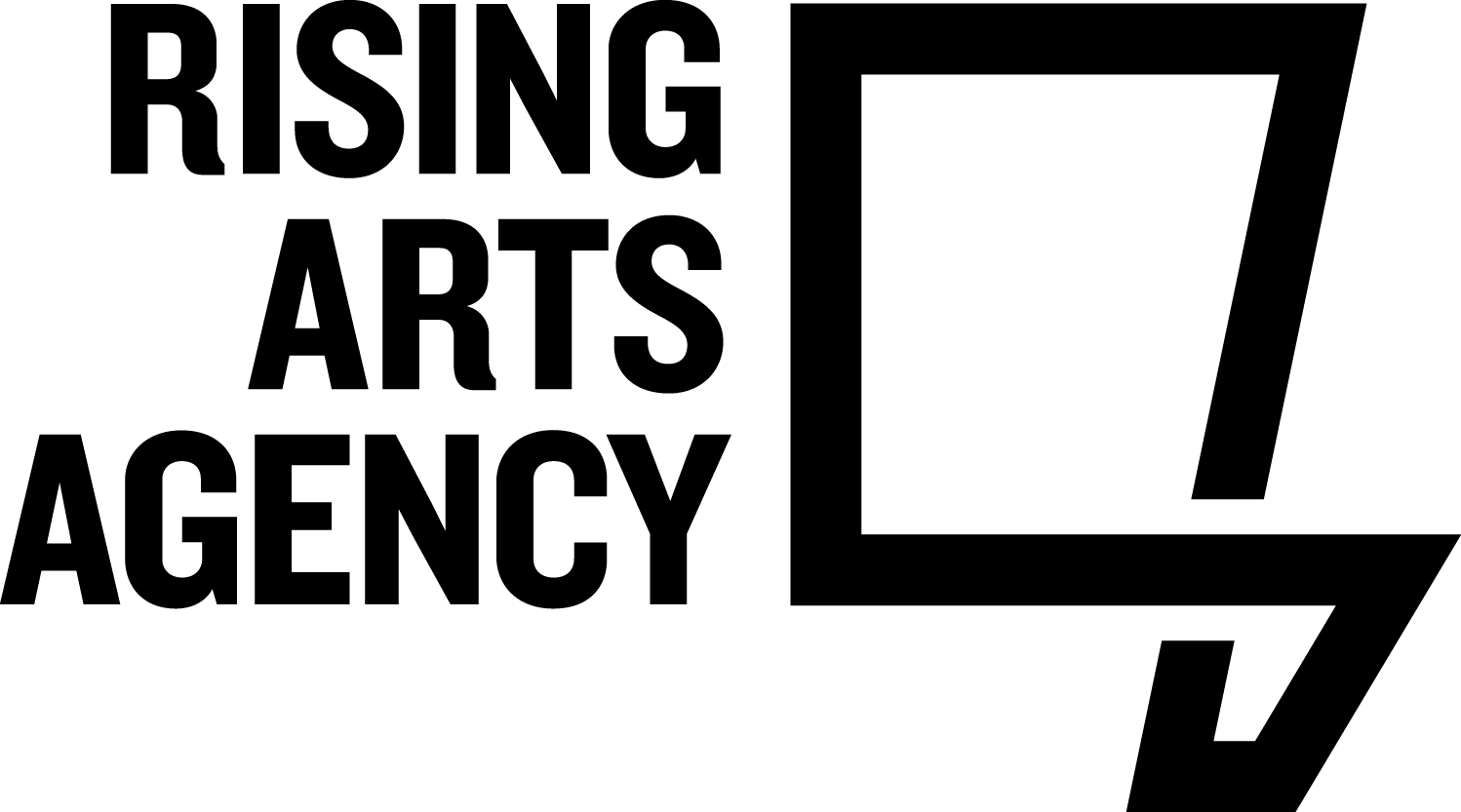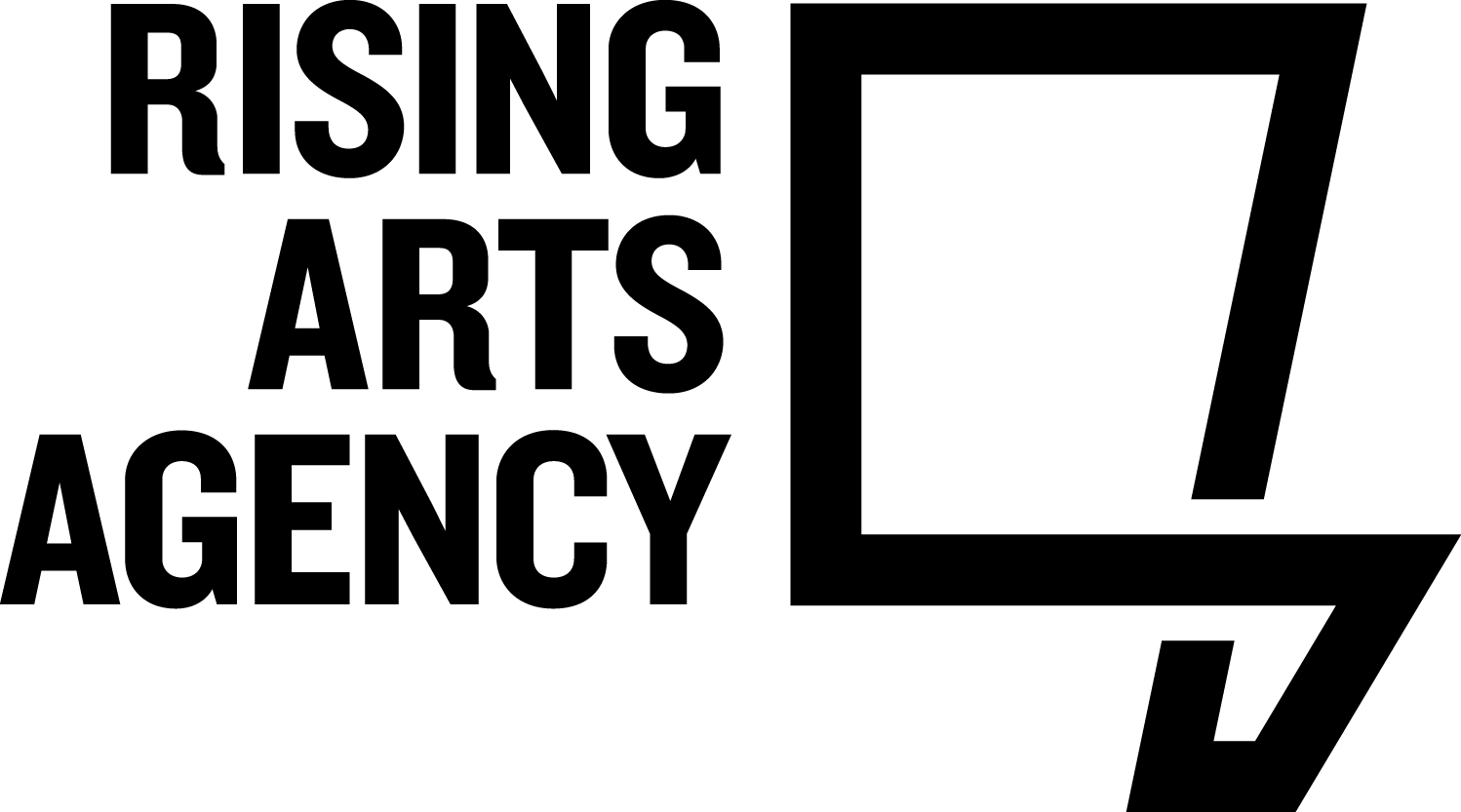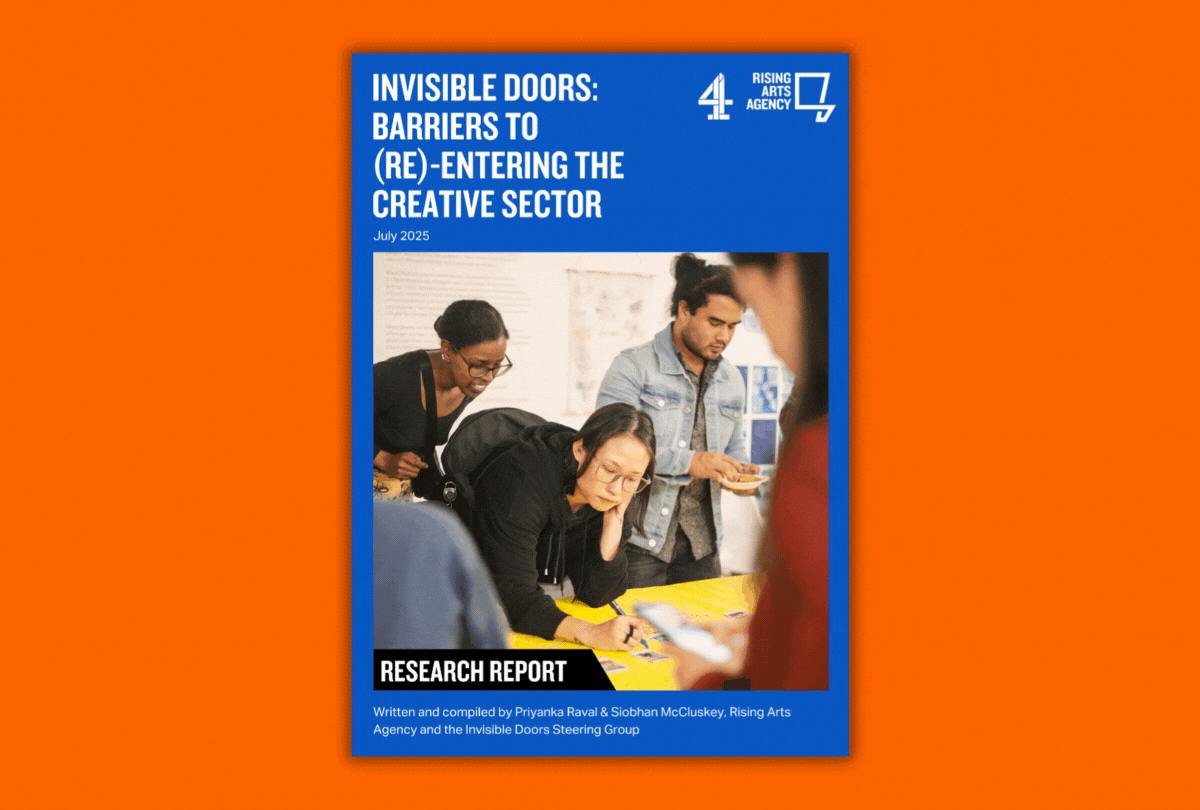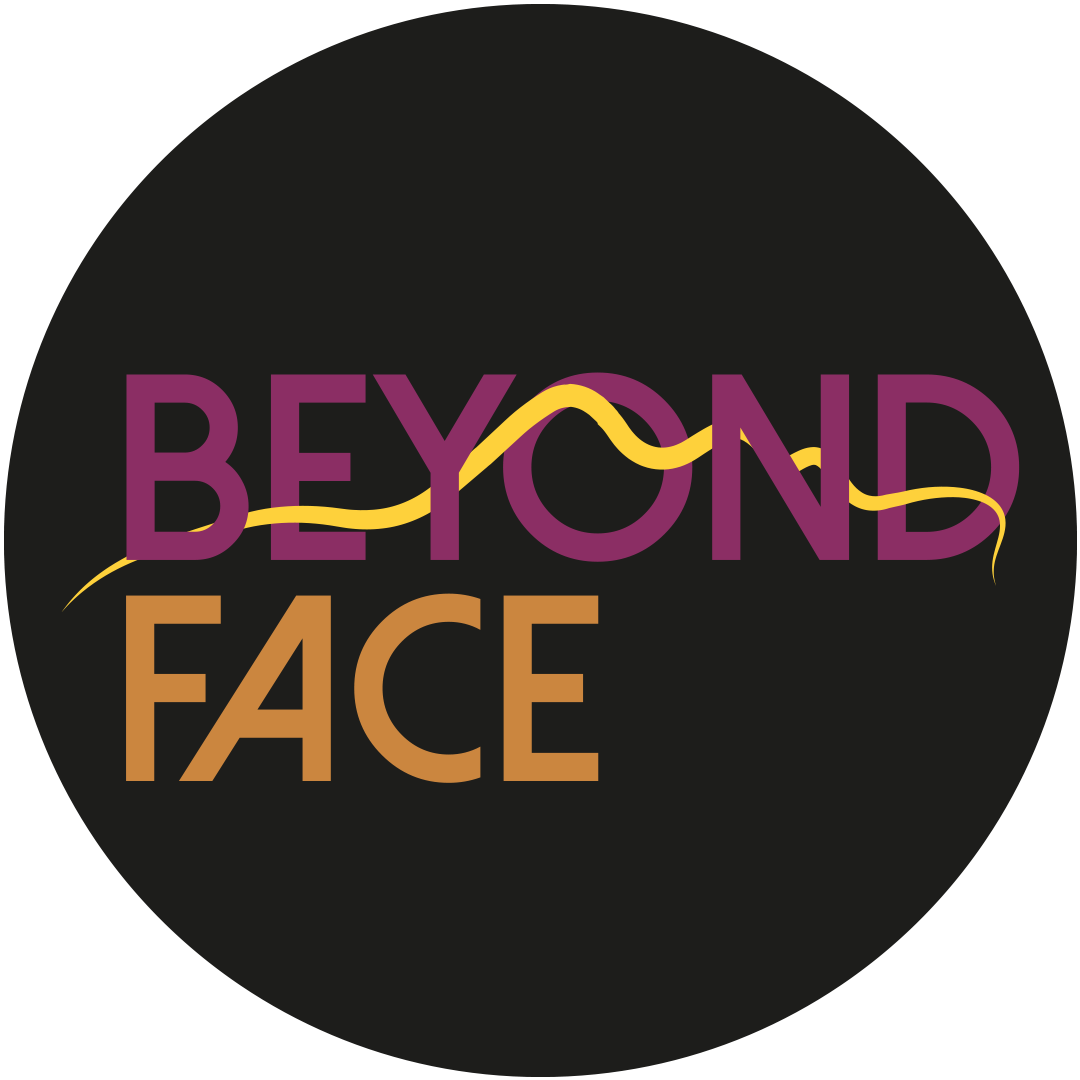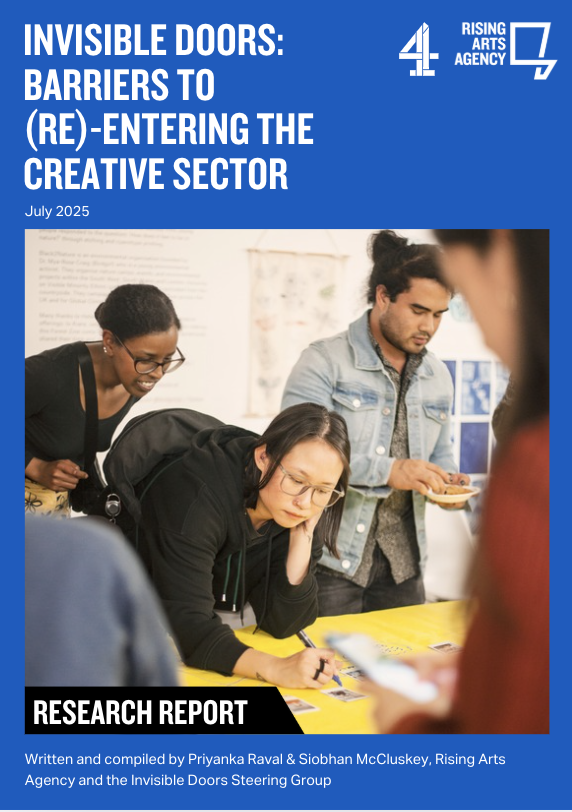
Invisible Doors: Barriers to (re)entering the Creative Sector
Young Creatives
Collaboration between:
Siobhan McCluskey
Priyanka Raval
YEAR
2022-2025
TAGS
Consultancy: Research, Event Production, Report Writing, Storytelling
Ever felt like the creative industries is made up of a bunch of ‘invisible doors’ that everyone can see…
but you?
This video was written and directed by Tay Aziz Malik, commissioned by Rising Arts Agency and 4Skills.
*Please get in touch with hello@rising.org.uk if you require this in another format
Commissioned by 4Skills and Channel 4 Creative Equity, the Invisible Doors Report was developed over three years from 2022 - 2025 through extensive community engagement, industry consultation and the forming of a steering group made up of freelancers, SMEs, education providers and organisations working across Bristol and the South West.
Created by freelancers for creative freelancers, the initial research phase was conducted by two young creatives, Priyanka Raval and Siobhan McCluskey in 2022 - 2023.
From 2023 - 2025 Rising Arts Agency built on this research, consulting with industry and convening the Invisible Doors Steering Group to create a bold set of recommendations designed to dismantle barriers into the sector and challenge the status quo from new approaches to recruitment to radical shifts in leadership and accountability.
SOME HEADLINES:
The need to unlink ‘emerging’ from age. 62% of respondents felt that entry level creative opportunities are only for 16-30 year olds, making it difficult for those outside that age to get meaningful opportunities to enter the sector.
THE INDUSTRY IS BECOMING UNVIABLE FOR MANY. 88% of participants felt that the creative industry expects people to work for low or no pay to get exposure, resulting in 64% of the participants feeling like that they could no longer afford to work in the creative industries.
An urgent need to reimagine the sector, moving beyond tokenistic diversity efforts toward structural change that puts care at the centre. 100% of survey respondents agreed, to varying degrees, that the creative sector expects you to be immune to burn-out. that is not ok.
SUPPORTED BY:
Massive thank you to everyone who has fed into this report, from the interviewees, focus group members and Rising community researchers, Priyanka Raval and Siobhan McCluskey (MARIA).
invisible doors steering group
We would also like to thank our incredible Invisible Doors Steering Group: Emmanuella Blake Morsi, Ant Lightfoot, Josephine Gyasi, Raquel Meseguer, Hattie Gregory, Freya Billington from Boomsatsuma Bristol Film School, Rachel Drummond from Drummer TV, Omari Cato from Creative Power Town, Adrienne Noonan from University of West of England, Izzy Cross from Noods Levels, Phoebe Holman from Big Team CIC.
Photos of our Channel 4 community research lab ‘ Homegrown’ in 2022. Photography by Mercedes Polo Portillo
RESOURCES FROM OUR BLOG
impact
Transparency
Developed with participants and representatives from across different sectors within the industry. The report has an honest and raw storytelling tone that doesn’t shy away from the harsh realities or the possibilities.
Voice
Focus groups where underrepresented people of all ages came together to talk about the realities of their experiences in the sector and find peer support
Action
Recommendations from the ‘Invisible Doors’ report were taken forward to a Steering Group of representatives from across lived experiences and sectors facilitated by Channel 4’s Creative Equity team and Rising Arts Agency.
‘Our respondents overwhelmingly stated how not fitting into the majority (cis, white etc.) was a critical barrier to access. One participant spoke about not being overtly discriminated against but instead having the feeling of 'invisible doors' that they couldn't see or access but that their colleagues could. Invisible doors is a fitting metaphor for the culture in the creative industries.’
— Invisible Doors: Barriers to (re)entering the Creative Sector

